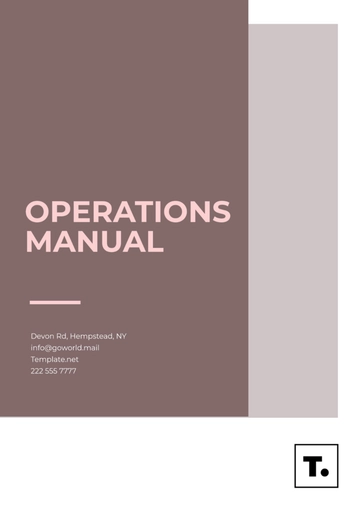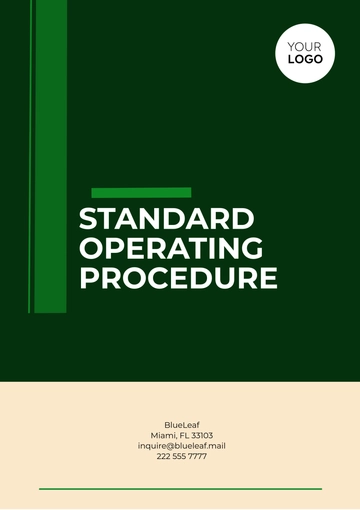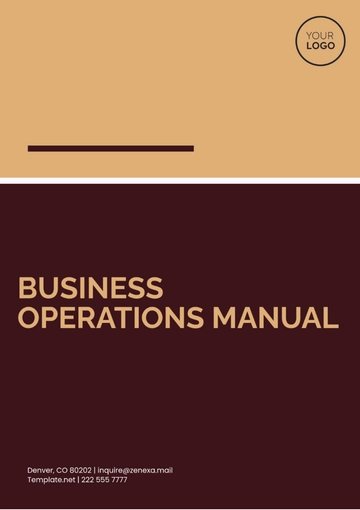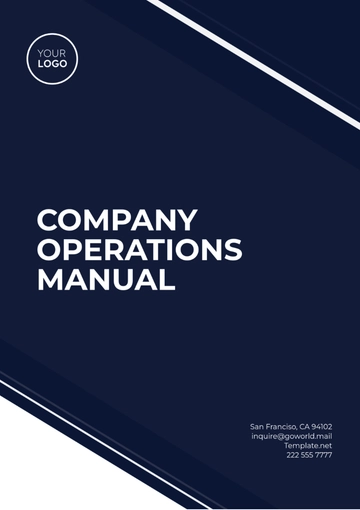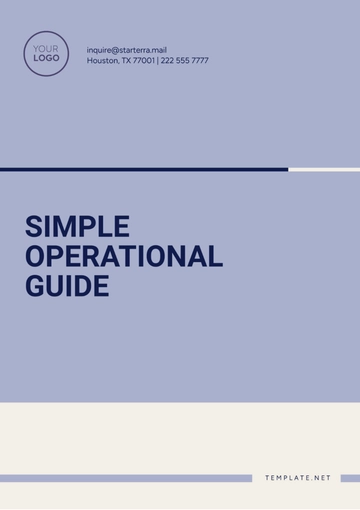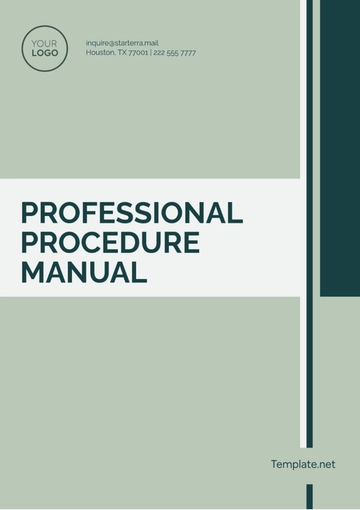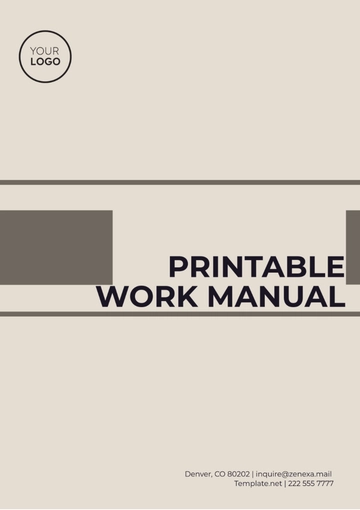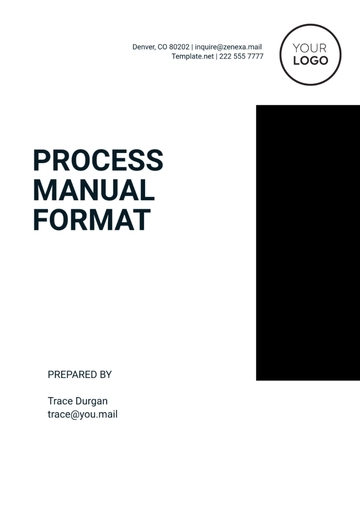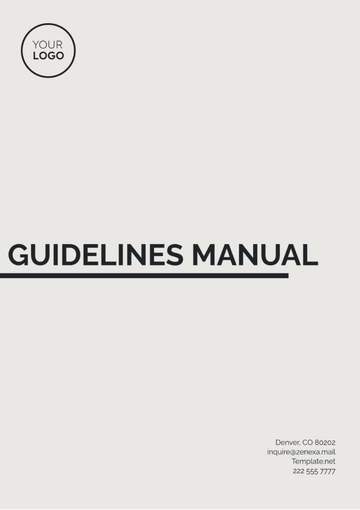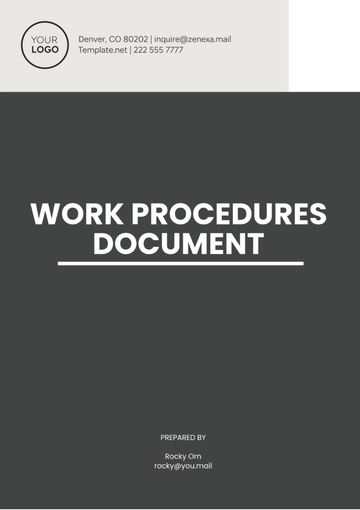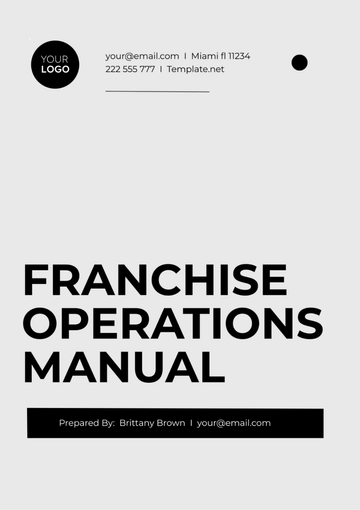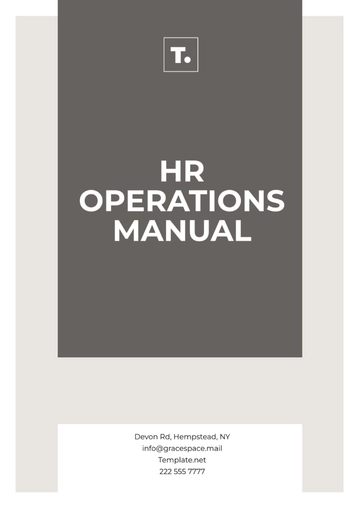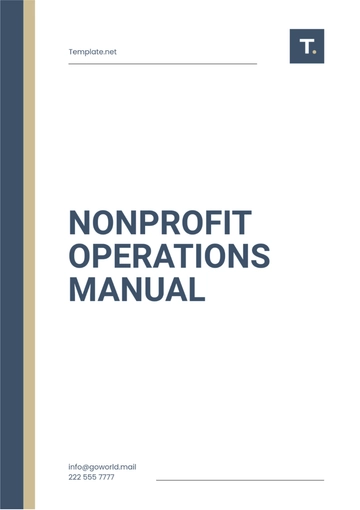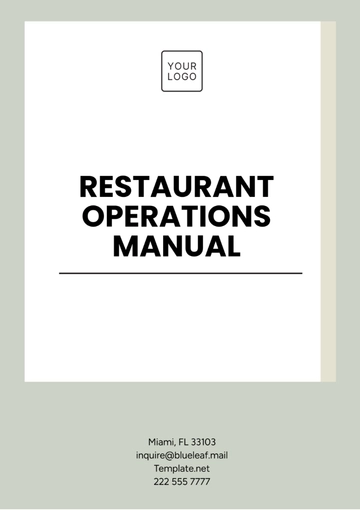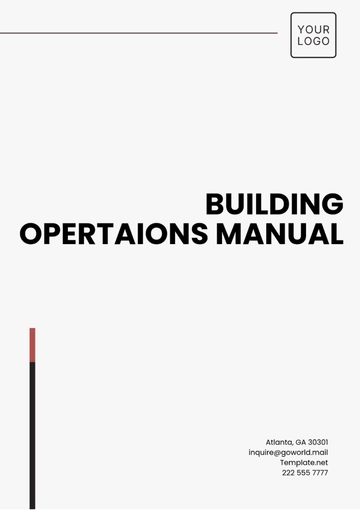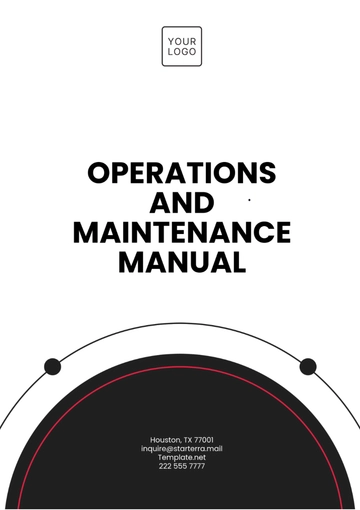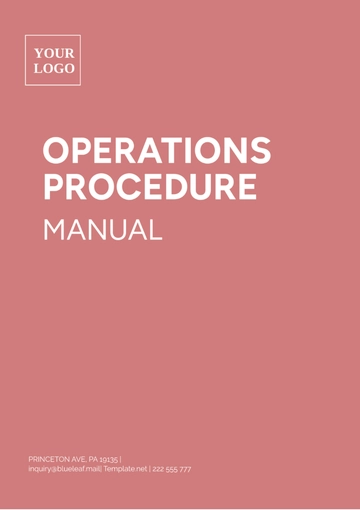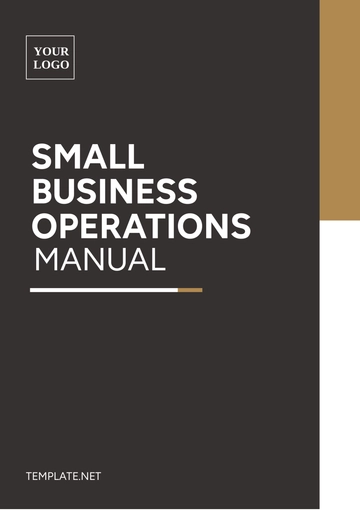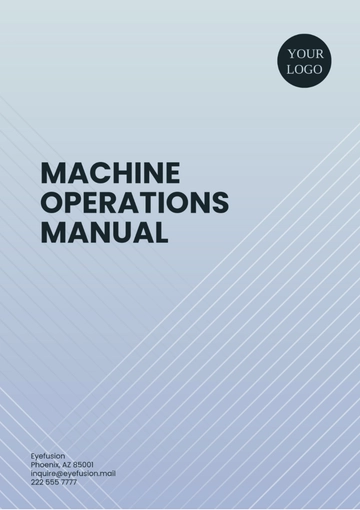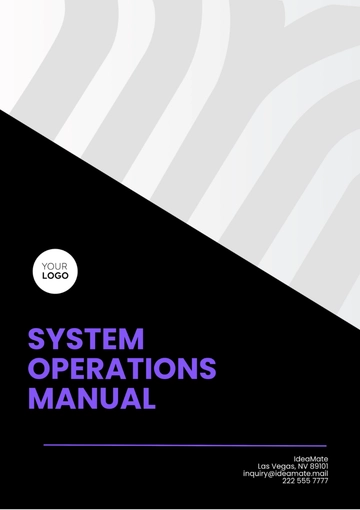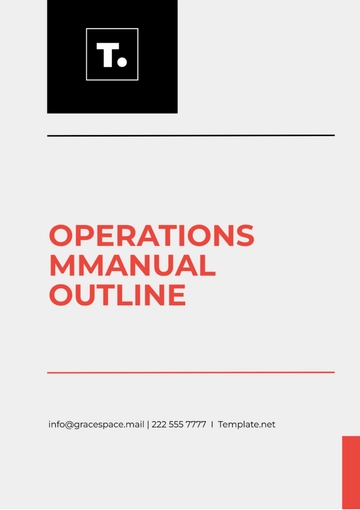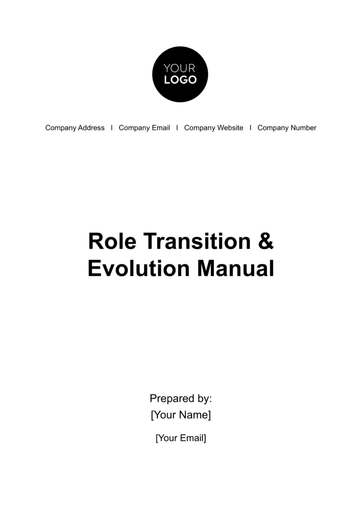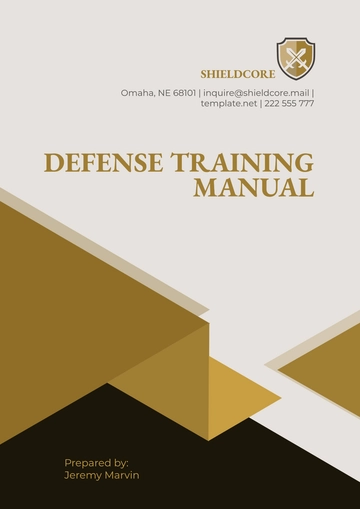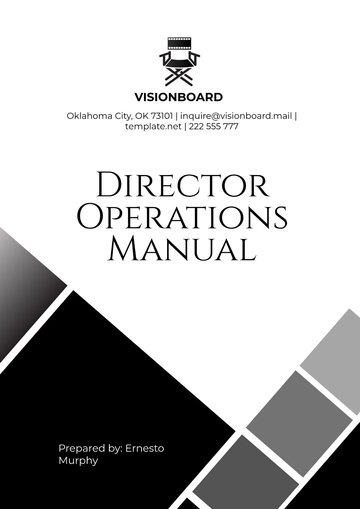Free Crisis Management Manual
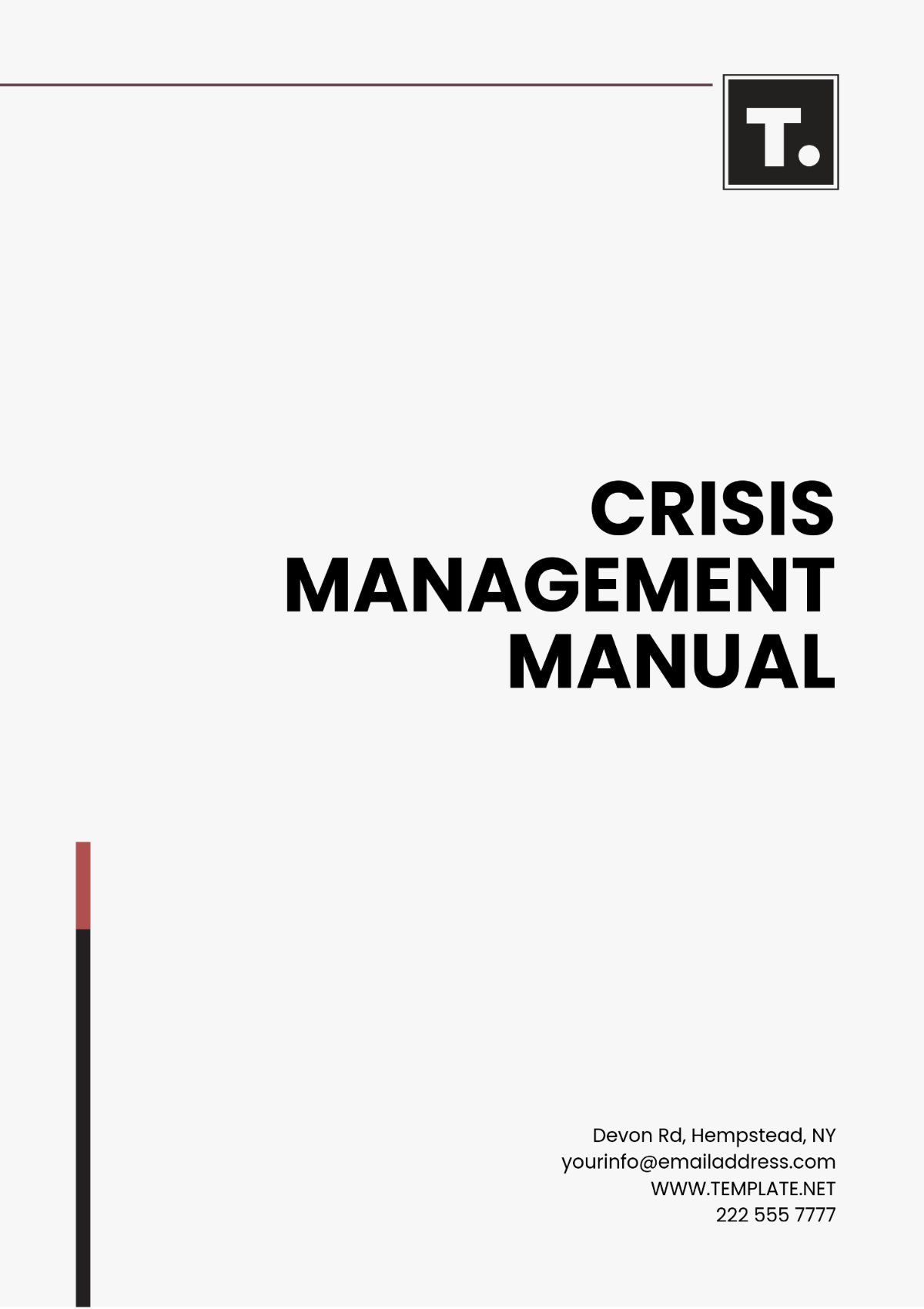
This Crisis Management Manual provides essential procedures and guidelines for promptly and effectively managing any crisis situation in [YOUR COMPANY NAME]. The goal is to minimize the impact on the organization and ensure a rapid return to normal operations.
1. Crisis Identification
1.1 Types of Crises
Natural Disasters
Technological Failures
Terrorist Attacks
Health Epidemics
Financial Crises
1.2 Early Warning Signs
Unusual Activity
System Alerts
Internal Reports
External Notifications
2. Crisis Management Team (CMT)
2.1 Team Composition
Chief Crisis Manager
Communications Lead
Operational Lead
Legal Advisor
Human Resources Lead
Finance Lead
2.2 Roles and Responsibilities
Role | Responsibilities |
|---|---|
Chief Crisis Manager | Overall coordination and decision-making. |
Communications Lead | Managing internal and external communications. |
Operational Lead | Ensuring continuity of core operations. |
Legal Advisor | Advising on legal implications and compliance. |
Human Resources Lead | Managing personnel impacts and welfare. |
Finance Lead | Assessing and managing financial impacts. |
3. Crisis Response Procedures
3.1 Initial Assessment
Upon identification of a potential crisis, the Crisis Management Team (CMT) must perform an initial assessment to determine the severity and potential impact. This includes:
Gathering all relevant information.
Assessing immediate risks and required actions.
Notifying key stakeholders.
3.2 Action Plan Development
Develop a comprehensive action plan based on the initial assessment. The action plan should include:
Clear objectives and priorities.
Assigned responsibilities.
Timelines and milestones.
Resource allocation.
3.3 Communication Strategy
Effective communication is critical during a crisis. Develop a communication strategy that includes:
Internal communication channels.
External communication channels.
Key messages for different audiences.
Media handling guidelines.
4. Crisis Recovery
4.1 Assessing Damage
After the immediate crisis is managed, assess the damage and determine the steps needed for recovery. This includes:
Evaluating the extent of physical and operational damage.
Identifying affected stakeholders.
Estimating recovery costs.
4.2 Recovery Plan
Develop and implement a recovery plan to restore normal operations. The plan should include:
Restoration of critical systems and services.
Support for affected personnel.
Financial recovery steps.
Continuous evaluation and adjustment of the recovery process.
5. Post-Crisis Review
5.1 Performance Evaluation
Conduct a thorough review of the crisis management process and team performance. Evaluate:
Effectiveness of the response.
Timeliness of actions taken.
Communication efficiency.
5.2 Lessons Learned
Document lessons learned to improve future crisis management. This includes:
Identifying what worked well.
Highlighting areas for improvement.
Revising crisis management procedures as needed.
- 100% Customizable, free editor
- Access 1 Million+ Templates, photo’s & graphics
- Download or share as a template
- Click and replace photos, graphics, text, backgrounds
- Resize, crop, AI write & more
- Access advanced editor
Prepare your organization for emergencies with Template.net’s Crisis Management Manual Template. Fully customizable and editable in our Ai Editor Tool, this template provides step-by-step guidance on handling crises, including communication protocols and recovery strategies. Tailor it to fit your industry’s needs and ensure your team is ready to manage any unforeseen events.
